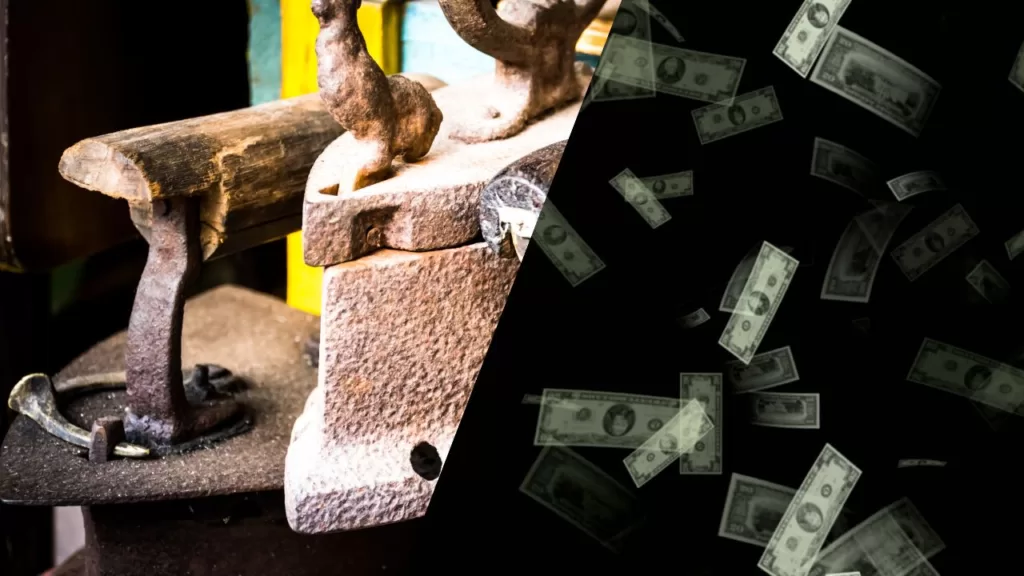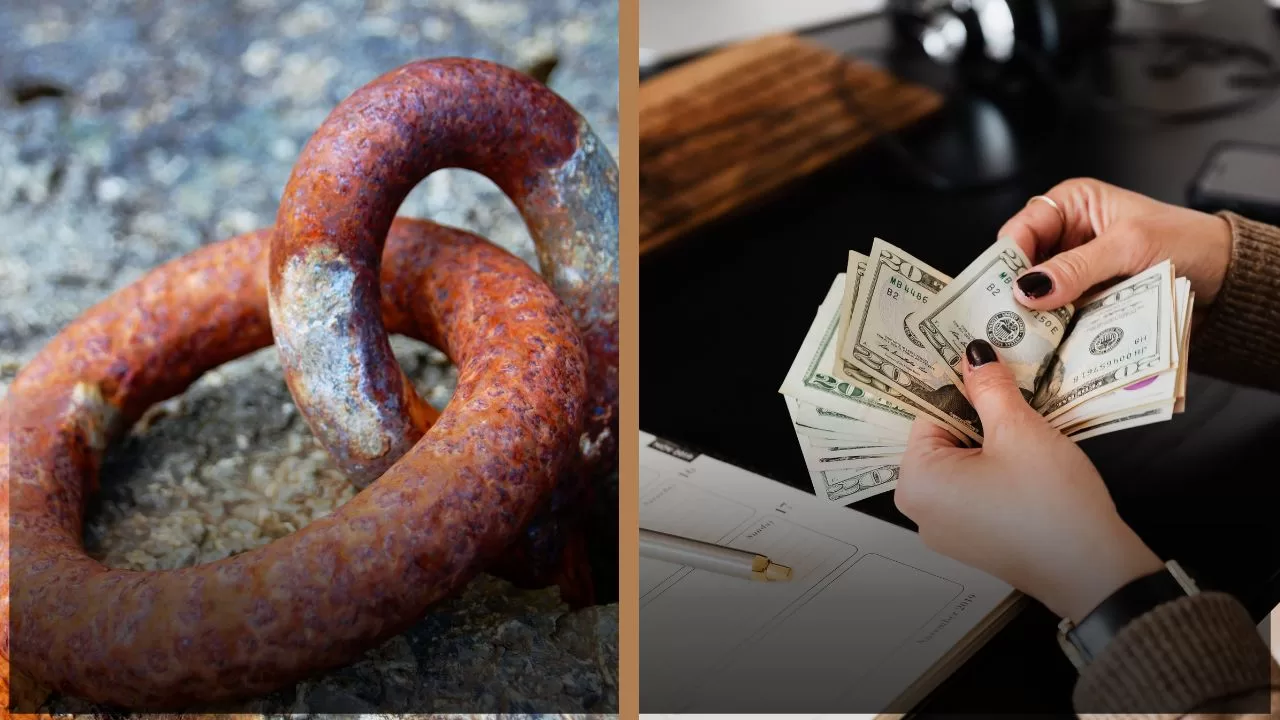Antique irons, with their rich history and intricate designs, have always held a special place in the world of collectibles. If you’re curious about their value and wondering, “How much are antique irons worth?” you’ve come to the right place. In this article, we’ll delve into the factors that determine the worth of antique irons and provide you with essential insights for both collectors and enthusiasts.
Understanding the Value of Antique Irons
The Role of Rarity
One of the primary factors influencing the value of an antique iron is its rarity. Rare and unique designs often fetch higher prices in the market. If you have an iron with a distinctive shape, brand, or historical significance, it’s likely to be more valuable.
Age and Historical Significance
The age of an antique iron plays a crucial role in determining its worth. Irons that date back to a specific era or hold historical significance can command higher prices. Researching the history of your iron can provide valuable insights into its value. Various kind of antique tools are made from iron.
Condition Matters
The condition of the antique iron is another pivotal factor. Collectors generally prefer irons that are in good working condition or have been well-preserved. Minor flaws or damage can significantly impact the value.
Brand and Maker’s Mark
Some brands of antique irons are highly sought after by collectors. A maker’s mark or a manufacturer’s stamp on the iron can provide clues about its origin and potential value. Researching these marks can be essential.
Market Trends
Antique markets are subject to trends and fluctuations. Monitoring the antique iron market can help you gauge the current demand and pricing trends. What may be valuable today might not hold the same value in the future, so staying informed is crucial.
How to Determine the Value of Your Antique Iron

When it comes to assessing the value of your antique iron, a systematic approach can provide you with a more accurate estimate. Here are three essential steps to help you determine its worth:
1. Research
Begin your evaluation by thoroughly researching the history and background of your antique iron. Gather as much information as possible about its origin, brand, and any historical significance it may hold. Look for specific markings, stamps, or labels that can provide valuable insights. These markings often include the manufacturer’s name, patent dates, and other identifying features.
Example:
Suppose you have an antique iron that features the following markings:
- Manufacturer: Smith & Co.
- Patent Date: 1895
- Unique Design: Ornate floral pattern on the handle
This information indicates that your iron was produced by Smith & Co. in 1895 and features a distinctive floral design on the handle. Such historical details can contribute significantly to its value.
2. Consult Experts
If you find it challenging to assess your antique iron’s value based on your research, don’t hesitate to seek the expertise of professionals in the field. Antique appraisers and experts can provide you with a more accurate and professional assessment of your item’s worth.
Example:
You take your antique iron to a reputable antique appraiser. After a thorough examination, they determine that due to its excellent condition and unique design, your iron is valued at $500.
3. Comparative Analysis
Comparative analysis involves researching similar antique irons that have been sold recently in auctions or online marketplaces. This can help you establish a benchmark for estimating your iron’s worth. Pay attention to irons with similar features, condition, and historical significance.
Example:
Here’s a comparative analysis of recently sold antique irons similar to yours:
| Antique Iron | Manufacturer | Condition | Sale Price |
|---|---|---|---|
| Your Iron | Smith & Co. | Excellent | $500 |
| Iron A | Smith & Co. | Good | $350 |
| Iron B | Another Brand | Excellent | $600 |
| Iron C | Smith & Co. | Fair | $250 |
Based on this analysis, you can see that your antique iron, with its excellent condition and unique design, falls within the range of $500 to $600 in value.
By following these steps and conducting a thorough assessment, you can confidently determine the value of your antique iron. Remember that the antique market can fluctuate, so it’s essential to stay informed about current trends and prices to make informed decisions about buying, selling, or collecting antique irons.
Selling Your Antique Iron
If you decide to sell your antique iron, there are various avenues to explore:
Auction Houses: Consider selling your iron through reputable antique auction houses like Sotheby’s, Christie’s where collectors actively seek valuable items.
Antique Dealers: Some antique dealers specialize in irons and might be interested in purchasing or consigning your item.
Online Marketplaces: Websites like eBay and Etsy provide platforms for selling antique items, but ensure you research the market thoroughly before setting a price.
Conclusion
Antique irons hold both historical and artistic value, making them sought after by collectors and enthusiasts. Understanding the factors that influence their worth, conducting thorough research, and staying informed about market trends can help you answer the question, “How much are antique irons worth?” Whether you’re a collector or considering selling an antique iron, these insights will guide you on your journey into the fascinating world of antique iron valuation.

Leave a Reply